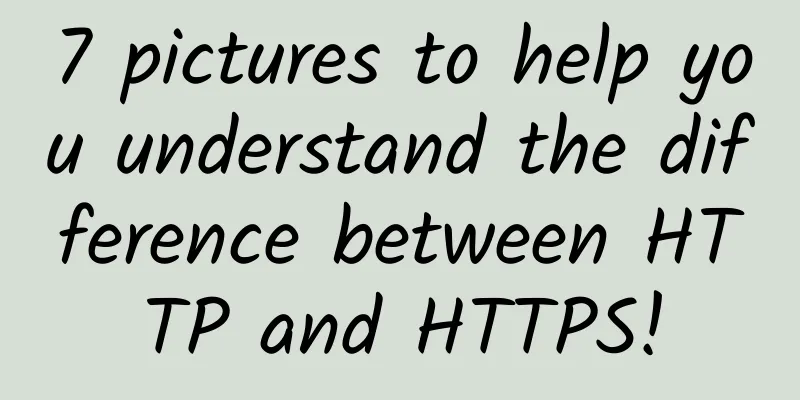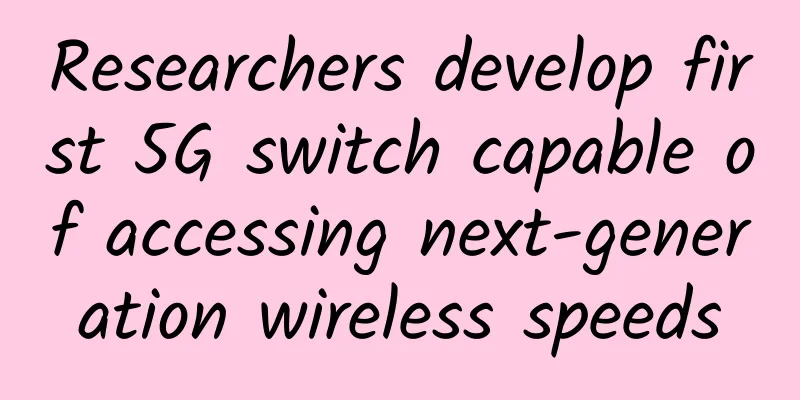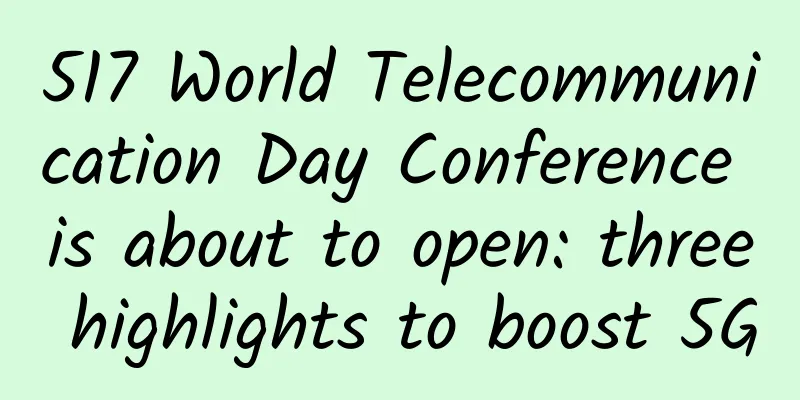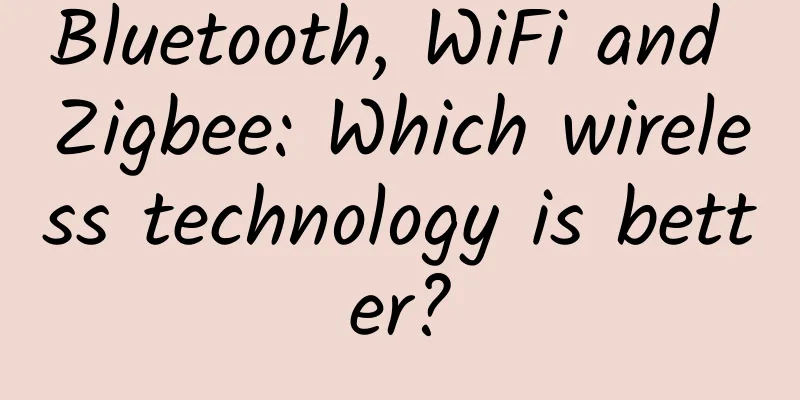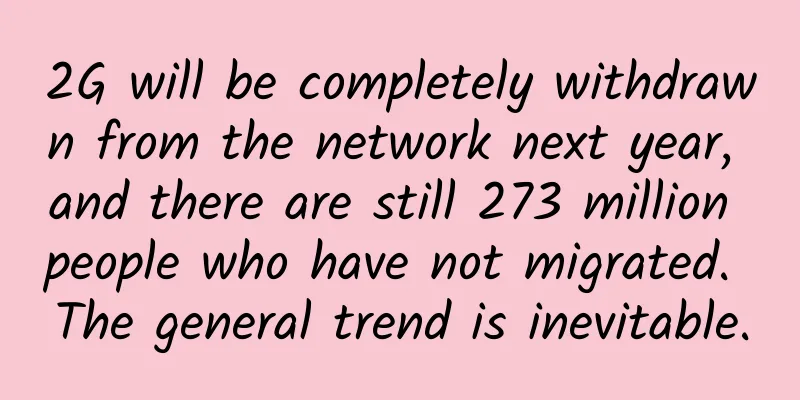The benefits of 5G technology for education upgrades

|
With over 250 million students, India has one of the largest education sectors in the world. More than 25% of the population is between the ages of 05 to 14, which requires a strong education system to prepare the future workforce. 5G cellular networks with superior latency and reliability performance will enable students to sense physical objects and control them remotely, thus changing the game in the education sector. As Education Technology (EdTech) and Education 4.0 are the next evolution of 5G technology, let’s dive into their benefits and challenges, enjoy personalized experiences and share discoveries. Purifying the wired worldAlthough Wi-Fi is an older wireless technology that is widely used in homes, office premises, schools, and universities to provide connectivity. It is less secure due to poor indoor and outdoor coverage and is unreliable due to interference. Today, 4G provides widespread services and Wi-Fi-6 provides indoor coverage. Still, there are compelling reasons to allocate resources. By eliminating these challenges, 5G offers the dual benefits of faster speeds and mobility, putting IoT-rich smart campuses at your fingertips. Most global universities are exploring how 5G technology can be shared for the rural education sector, facilitating learning from home to students, and one-to-one learning has increased after the arrival of 5G, which has impressed remote access. Hologram translation is very helpful for people to learn and explore their field of study. Unlimited tuningThe new generation of wireless technology is the new upgraded education. With access points installed in schools and network coverage established, LTE/5G signals propagate in all directions of the building, making it easy to connect learners and continue learning even from a distance. Therefore, the 5G spectrum in the 600 Hz to 6 GHz band is adjusting learning without the limitations of 5G-based EdTech and campus-specific networks. It provides students with a faster, unparalleled learning experience to promote teacher professional development, transition from school to work, and connect students who are unable to connect due to lightning speeds and massive data capacity. Together, these benefits can make a huge difference in classrooms equipped with digital devices and remote learning environments. Accelerate knowledge transferWith 5G education technology, students and educators can work more closely together on class assignments or immersive courses. In addition, 5G can enable IoT connectivity, streamlining administrative processes such as attendance monitoring. Perhaps most importantly, 5G can provide a cost-effective way to wirelessly transmit fiber-like Internet speeds to institutions such as schools, solving some of the "last mile" challenges in rural areas through fixed wireless access (FWA). FWA enables extremely high-speed broadband in rural areas where fiber connections are cost-prohibitive and difficult to establish. Innovation in education is only good to the extent that it is accessible and accessible to the students who need it most. There is currently a homework gap where students in rural and remote areas do not have access to the same connectivity as other students. We must make this a level playing field so that they can rise to the challenge while becoming the next creators, innovators and the next to lead our country. 5G will open the door to augmented reality and virtual reality to expand the learning of our students and provide them with the support they need to succeed in life. Educational institutions should have high cellular coverage, high throughput for uninterrupted learning and latency should be low to support services such as online video lectures. The new reality of the peddling eraThe promotion of 5G in many progressive fields such as EdTech, AR, VR XR and Metaverse can redefine classroom education, making it more interesting and meaningful through practical demonstration of complex theoretical concepts. Professional training, including medical, engineering and defense, will be greatly disrupted by Metaverse capabilities. Metaverse allows doctors to virtually study various internal organs of the body without dissecting the body subject to simulate the operation, and a component of defense training can be easily achieved through Metaverse. Since people can converse in their own dialect, which can be quickly translated, universities and institutions across the globe can collaborate without being hampered by language and cultural barriers. Making 5G a realityReliable 5G coverage means students, teachers, and staff can connect from virtually any location where they learn. Private networks lead to a plethora of use cases being deployed by schools and other educational institutions AR/VR applications enabling immersive learning through online technology Higher education recruitment strategies Internet of Things (IoT) saves teachers time through smarter 5G classrooms and assigns full-time assistants to students with special needs When you look at teacher shortages in rural areas as an issue, the door is open for language immersion If you can actually connect with another school or online provider, they can help fill that gap It's economic development for workforce development in rural areas They are able to expand learning but also expand the capabilities of students If we have connectivity and technology at the fingertips of these rural students. 5G upgraders are education builders5G is reshaping the education industry as educators are embracing new learning models to educate their students. On the path of digital invention, educational institutions have become smarter, enhanced connectivity and data security, and upgraded various programs to ensure that students have the right skills for the future. However, the shift to virtual schools will also create more job opportunities, with high demand for talents in online/remote student help desks, cloud architectures, and advanced learning analytics. The widespread use of AR and VR technologies in educational institutions will require appropriate implementation skills. Teachers will also need to improve their skills to use these technologies effectively. |
<<: Dedicated 5G networks for smart sports stadiums and venues
>>: 802.11be (Wi-Fi 7) Technology Outlook
Recommend
Goodbye, endless pop-up ads
In recent years, with the rapid development of mo...
EtherNetservers: $15/year-1.5GB/40GB/2TB/2IP/Los Angeles & Jacksonville Data Centers
EtherNetservers was founded in 2013 and has been ...
[11.11] LOCVPS: 30% off on all VPSs/50% off on some VPSs, 50 yuan bonus for 300 yuan top-up, KVM/XEN multiple computer rooms available
LOCVPS (Global Cloud) officially launched the Dou...
DiyVM: Hong Kong/Japan/US VPS discounts up to 50%, 2G memory package starting at 69 yuan per month
It's been a long time since I shared informat...
Why can't I access my home computer from work?
The previous article "Why do all our home IP...
iWebFusion: $9.38/month KVM-4GB/30GB/2TB/Los Angeles Peer1&Psychz, upgradeable to 10G bandwidth
iWebFusion (or iWFHosting) is a subsidiary of the...
Transition to 5G drives demand for fiber
A new report released by IndexBox: "World – ...
Aruba ESP Unveils New Enhancements to Secure Enterprises from Edge to Cloud
Aruba, a Hewlett Packard Enterprise (NYSE: HPE) c...
Is 6G going to overturn 5G? Musk: No, it’s my satellite internet
It stands to reason that with 5G already official...
The State Council has deployed to promote the speed increase and fee reduction, and operators have spared no effort on the road to benefit the country and enterprises
In the continuous promotion of network speed-up a...
What does the battle for AI spectrum mean for 5G?
With the rapid development of smart cities, every...
How professionals can develop their latest data center skills
When there are a plethora of industry certificati...
Huawei officially launches the "WoTu Digital Platform" to bring together trillion-level digital industries
During HUAWEI CONNECT 2019, Huawei officially rel...
SRv6 opens a new IP era
We know that IP data transmission in current bear...
Message bus for communication between processes
[[381755]] 1. Inter-process communication (IPC) in...
